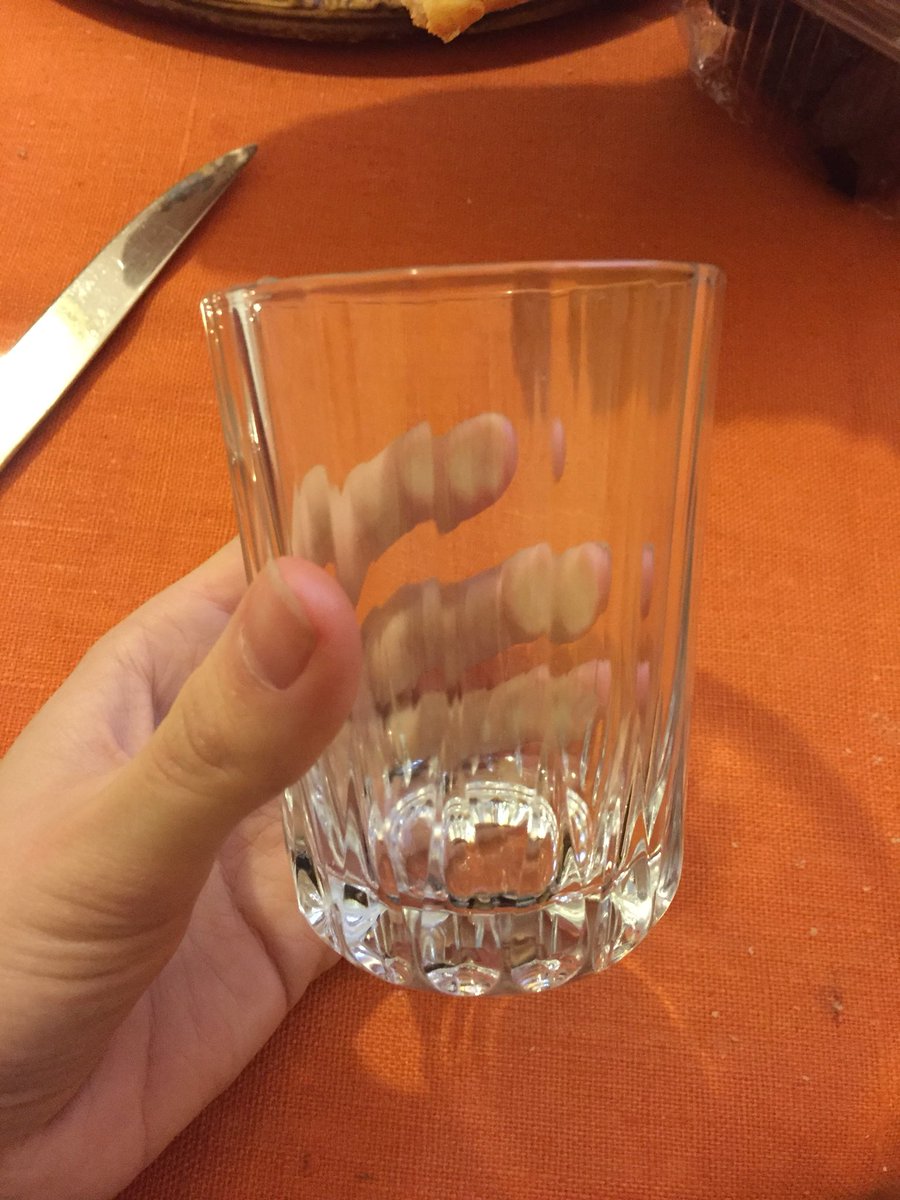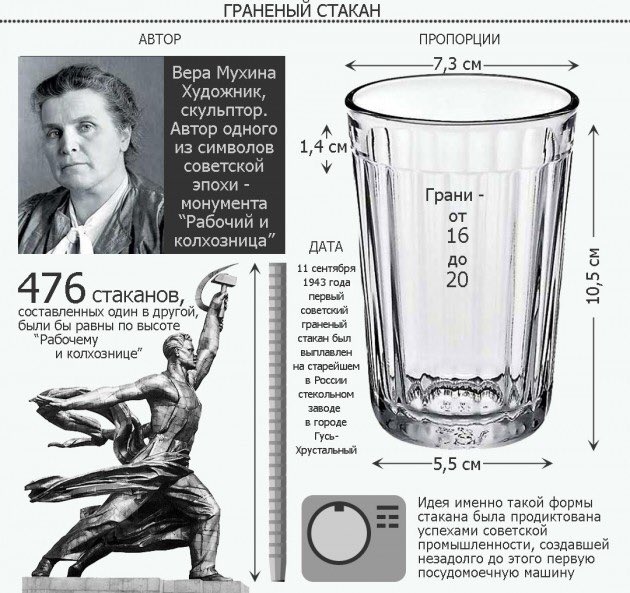This explains lot of the "bugs" in our behavior.
(explanation below)
- Our Cortex perceives the world and proposes actions
- Our Basal Ganglia (BG) decides whether to enact them
Example: my cortex decides that, rationally, I should write that essay. But my BG decides not to act on that.
Example: my cortex proposes, in order of importance, to first write the essay and then watch YouTube
But my BG decides not to enact the first, and I end up spending the evening watching YT.
But let's continue with the thread)
Our cortex can only observe what we end up doing, and come up with confabulations with why we did that.
My cortex planned to run, but my BG decided not to act on that. Faced with the fact that my BG wasn't outputting the order to go out and run, my cortex confabulated that I was tired.
It's not: I'm tired → I decide not to run.
It's: I decide not to run → I confabulate it's because I'm tired.
Short answer: it does if the action has a positive "Expected Emotional Outcome", as determined on the basis of past emotional experiences (both first-hand and vicarious ones).
(continues)
Now, some caveats:
Eg. after we experience that going to the gym brings benefits, our BG becomes able to see the long-term effects of going to the gym.
Why? Because emotional experiences encode 2nd order effects as 1st order ones.
INTUITIVE & EMOTIONAL, because that's what differentiates the BG from the cortex.
Intuitively knowing that something is good for you, instead, is what will make you do it
Focus on creating positive EMOTIONAL associations with what is good for you




